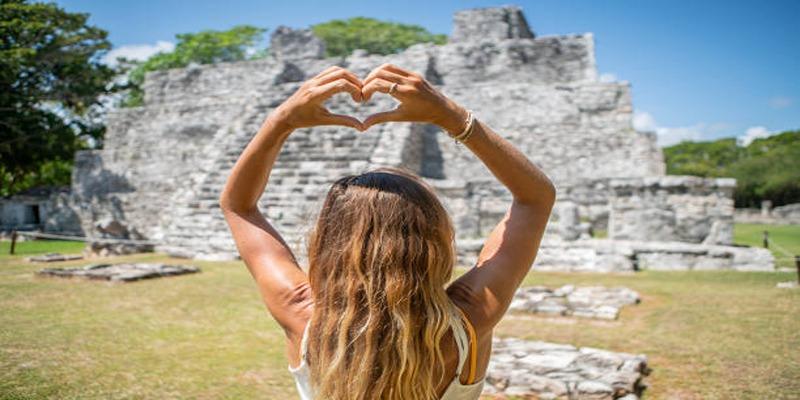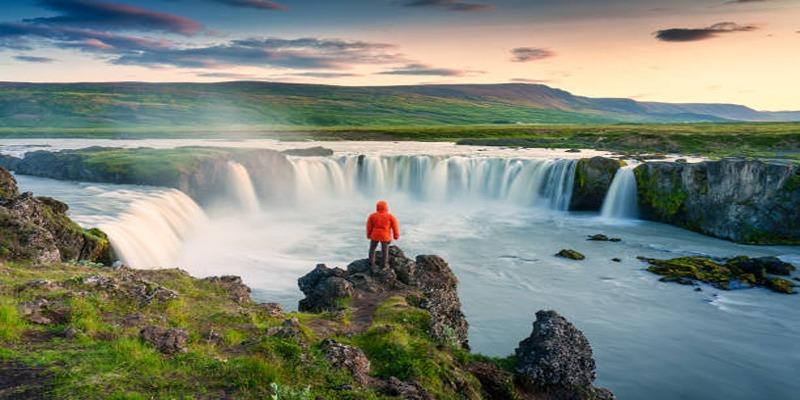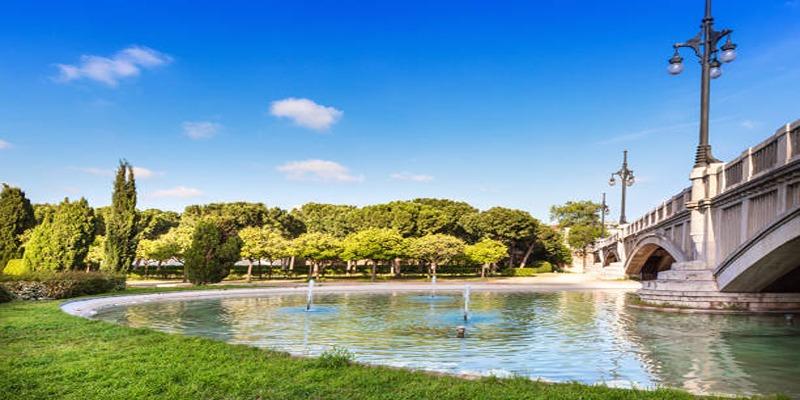Cancun has a total of more than 6 million tourists every year and incorporates historic times with natural beauty and contemporary luxury. Overwhelmed by choices? Through this guide, the most important attractions, such as ancient pyramids and underwater museums, are discussed to represent the best in Cancun. Find out why this Mexican Caribbean heaven leaves memories that are not forgotten outside the tan lines and includes the richness of culture and the beauty of nature.
Chichen Itza: Step Into Ancient Maya Civilization

No one in Cancun should go home without visiting Chichen Itza, which is considered one of the New Seven Wonders of the World. The UNESCO World Heritage site is located approximately 120 miles outside the Hotel Zone of Cancun, and it is currently an ideal destination for the time traveler anxious to travel back in history more than 1,000 years to spend a day in their proper time.
The most notable aspect of the site is the iconic pyramid of El Castillo, which is 79 feet tall and incredibly astronomically accurate. At some point in the spring and fall equinoxes, a shadow is formed resembling a descending serpent on a pyramid step, a result of Maya higher knowledge on astronomy and mathematics.
There are other interesting structures other than the main pyramid in Chichen Itza. The largest court is the Great Ball Court, the largest in all of Mesoamerica; the court displays the place where the ancient Maya played a ritual ball game that was not only a sporting event but also a religious one. The Temple of Warriors features hundreds of carved columns that tell a narrative of ancient battles and ceremonies.
MUSA Underwater Museum: Art Meets Ocean Conservation
The Mesoamerican Underwater Museum (MUSA) is considered to be one of the most unusual art installations across the globe. The culmination of this terracotta sculpture is resting in the crystal-clear waters of Cancun and the islands of Mujeres. The Underwater Museum of Cancun hosts more than 500 life-sized sculptures that stand at a depth of 3 to 6 meters.
Most of the sculptures have been designed by the British artist Jason deCaires Taylor in such a way that they have been made of a special kind of marine concrete that encourages the growth of corals as well. In the long term, these artworks transform themselves into artificial reefs that can sustain the aquatic ecosystems as well as put pressure on the natural coral formation.
The underwater gallery in the museum is experienced in various ways. Certified divers can go deeper in the Manchones section, while snorkelers can have fun in the Punta Nizuc section, which is very shallow. Glass-bottom boat hostilities offer something to those who would not mind being dry, and yet get to observe this terrific combination of art and nature.
The most popular sculptures are "The Silent Evolution," which features 400 human figures arranged in a circle, and the VW Beetle, an oversized car adorned with marine growth. At a storytelling level, each piece connects with the theme of environmental preservation and the interaction between humans and the ocean. Get any service in MUSA and book them with certified operators who have marine conservation as one of their priorities. Tours usually last 2-3 hours, and they have all the required snorkeling or diving gear.
Xcaret Park: Mexico's Natural and Cultural Showcase
Xcaret Park is a great place where one can see both the natural beauty of Mexico and its rich cultural heritage. This is an eco-archaeological park located on a stretch of more than 200 acres along the Caribbean coast, where one can experience everything from underground river swimming to traditional Mexican performances.
The underground river systems in the park offer a fantastical swimming experience, utilizing a cave of ancient limestone. These cenote waterways ensure year-round perfect temperatures and provide viewpoints of certain rock formations and tropical fish. The park features three rivers that run through it, each with a distinct length and level of difficulty.
The beach within the premises of Xcaret is smooth and secure and suitable for use with families. The natural inlet is an environment that forms a lagoon where children can safely swim, and parents spend their days on the wisest sand, which is whitish in color. Complimentary snorkeling gear enables tourists to venture just offshore to view the colorful endangered marine wildlife.
Mexico's rich cultural heritage is represented through cultural presentations throughout the day. The Xcaret Mexico Espectacular Evening show is spectacular and features over 300 performers who present a 1,000-year history of Mexican music, dance, and theatrics. Visitation of the park is not in vain because of this 2.5-hour production.
Isla Mujeres: Caribbean Island Paradise
Isla Mujeres is a local ferry ride of just 20 minutes, thus providing a relaxing change of direction to the hustle and bustle of the resort zone. It is a most attractive investment because this island is 4.3 miles in length and 2,130 feet in breadth, so there would be a comfortable amount to tour within a day.
Playa Norte has consistently been one of the best beaches in the world, characterized by its powdery white sand and remarkably blue waters. The waters of the beach have a shallow and calm atmosphere, which is ideal for swimming and snorkeling. Lola Valentina, Zama Beach clubs offer comfortable day beds, fresh seafood, and ocean views, accompanied by tropical cocktails.
The downtown part of the island has a distinctly Mexican flavor, featuring colorful houses, home restaurants, and handicraft sales. In contrast to the hotel zone of Cancun, the place makes Isla Mujeres seem like an authentic fishing village, and the population of locals appears to be greater than that of tourists. Golf carts are the primary Mode of transportation, which has contributed to the relaxed nature of the island.
The southernmost end of the island, Punta Sur, is a sculpture garden, with walking routes on top of the cliffs with spectacular sea views. The temple of Ixchel, which is the Mayan deity of fertility, can offer an understanding of the pre-Columbian history of the island, as well as allow a great break, which is worth taking photos.
Cenote Dos Ojos: Underground Natural Wonder

The Yucatan Peninsula contains over 6,000 cenotes—natural sinkholes filled with fresh water that the ancient Maya considered sacred portals to the underworld. Cenote Dos Ojos, located about an hour south of Cancun, ranks among the most spectacular and accessible for first-time visitors.
The cenote's name, meaning "Two Eyes," refers to two connected circular pools that resemble giant eyes when viewed from above. Crystal-clear water maintains temperatures around 77°F (25°C) year-round, creating perfect conditions for swimming and snorkeling.
The cenote's cavern system extends for miles underground, making it popular with certified cave divers. However, the open-water areas provide equally impressive experiences for snorkelers and swimmers. Dramatic stalactites and stalagmites frame the swimming areas, while natural light filtering through openings creates ethereal underwater lighting effects.
Fish species endemic to cenote systems swim throughout the pools, and the clear water provides visibility exceeding 100 feet. The surrounding jungle setting adds to the mystical atmosphere, with bird songs and rustling leaves creating a natural soundtrack for your visit.
Conclusion
Cancun is a place that has unforgettable experiences. Experience restaurants from ancient times in Chichen Itza, observe underwater architecture in MUSA, and experience the Mexican culture in Xcaret. Need to unwind at the Isla Mujeres beaches or go on an adventure at Cenote Dos Ojos. Select what belongs to you, i.e., history lovers will fall in love with Chichen Itza, and families/beach people can visit Isla Mujeres or Xcaret. Making reservations in advance is always advisable, especially during the season.












